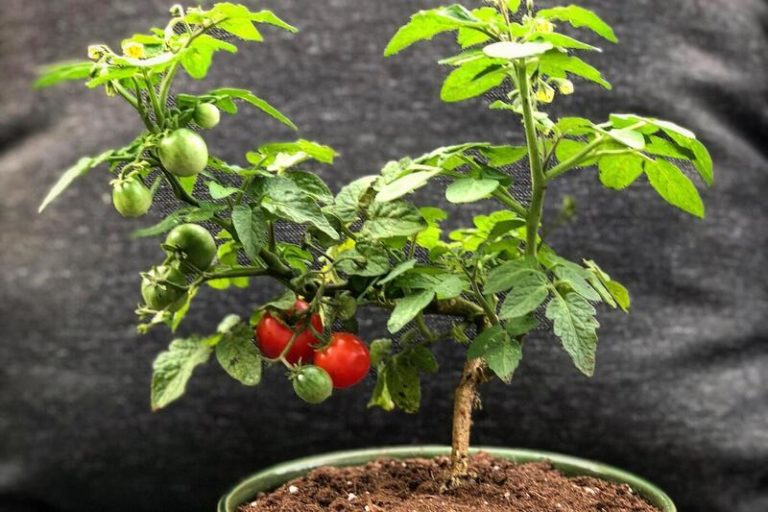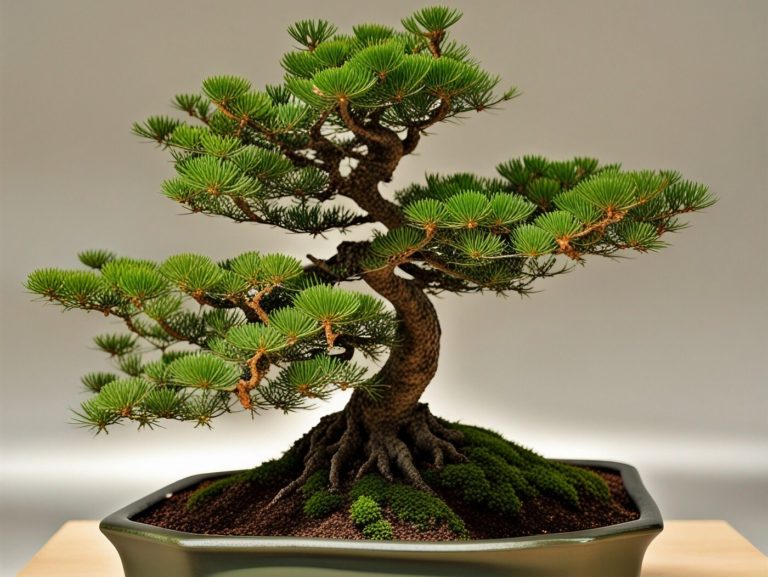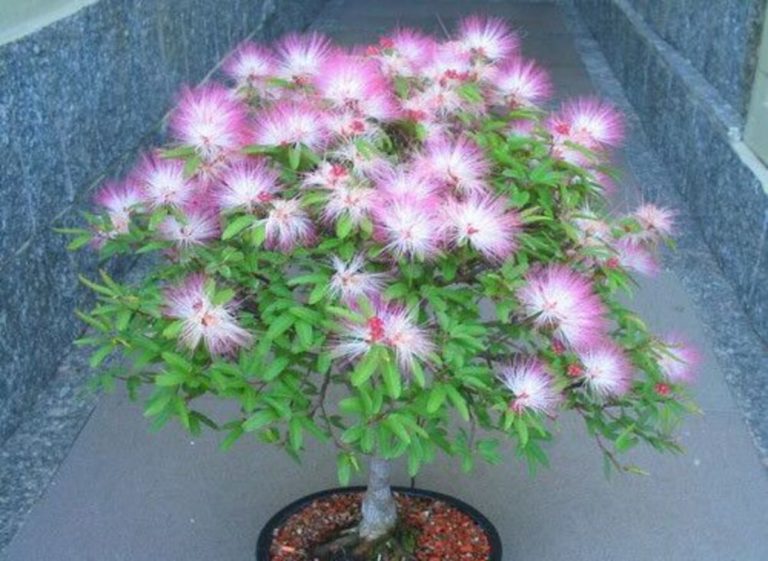Bonsai Moss : The Secret to a Healthy and Beautiful Bonsai Tree
Bonsai moss is a special kind of moss that is used in the art of bonsai. Bonsai is a way of growing small trees in small pots, usually to look nice. In bonsai, moss is important because it can help the tree stay healthy and make it look better.
What is Bonsai Moss
Bonsai moss is a form of moss that is frequently utilized in bonsai art. Bonsai is a decorative method that involves cultivating tiny, miniature trees in pots. Bonsai moss is often utilized to cover the soil around the base of the tree, creating a visually appealing and natural-looking ground cover. Bonsai moss provides practical benefits in addition to its aesthetic appeal, such as helping to maintain moisture in the soil and absorb nutrients. Bonsai moss comes in a variety of forms, each with its own set of qualities and benefits.
Types of Bonsai Moss
Many kinds of moss have varied properties that make them ideal for use in bonsai. The most popular varieties of bonsai moss are as follows:
- Sheet Moss: This flat, gentle moss is simple to spread and leaves the ground looking fresh and green. It’s common practice to utilize it to cover huge plots of land.
- Cushion Moss: This moss has a more textured appearance and grows in small, compact cushions. It is often used for covering small areas of soil and for creating a more natural-looking ground cover.
- Rock Moss: This moss has a rough, textured appearance and is often used for creating a rocky, natural-looking ground cover. It is also good for filling in gaps between stones or other features in a bonsai landscape.
- Pillow Moss: This is a spongy moss that forms small, rounded cushions. It is often used for covering small areas of soil and for creating a more three-dimensional look to the ground cover.
- Mood Moss: This moss has a delicate appearance and grows in feathery clumps. It is often used for creating a soft, ethereal look to the soil.
Choosing the right type of bonsai moss depends on the desired look and function. For example, sheet moss is good for covering large areas of soil, while rock moss is good for creating a more natural-looking ground cover. It’s also important to consider the growing conditions of the moss, such as the amount of sunlight and moisture it requires.
Characteristics of Bonsai Moss
For numerous reasons, bonsai moss is frequently used in bonsai arrangements. Some distinguishing features of bonsai moss include the following:
- Moisture retention: Bonsai moss has the ability to retain moisture in the soil around the tree’s roots. This is important for bonsai trees, which require regular watering to stay healthy.
- Nutrient absorption: Bonsai moss can absorb nutrients from the soil and make them available to the tree. This can help to promote healthy growth and development.
- Weed prevention: Bonsai moss can assist to avoid the growth of weeds surrounding the tree, which can compete for nutrients and water with the tree.
- Aesthetic value: Bonsai moss can add to the overall beauty and natural appearance of a bonsai tree. It can be used to create a natural-looking ground cover around the base of the tree.
- Easy to apply: Bonsai moss is simple to use and may be used to coat the soil surrounding the tree in minutes.
- Different types: There are different types of bonsai moss to choose from, each with its own unique characteristics and benefits. This allows for greater flexibility in creating the desired look and function for a particular bonsai tree.
Overall, bonsai moss is an important component of bonsai tree care and upkeep. It is a helpful addition to the soil around the tree because of its capacity to retain moisture, absorb nutrients, and prevent weeds. Furthermore, its aesthetic value can aid in the creation of a more natural and appealing appearance for the tree.
How to Grow Bonsai Moss?
Growing bonsai moss is a relatively easy process that requires a few simple steps. Here are the steps to grow bonsai moss:
- Choose the right type of moss: There are several varieties of moss available for bonsai, so select the one that best suits your needs. Examine the moss’s growth circumstances, including the quantity of sunshine and moisture it requires.
- Prepare the soil: The optimal soil composition for growing bonsai moss is loose and well-draining. Create a soil mixture by combining peat moss, sand, and vermiculite or perlite. Distribute the soil mixture evenly over the desired moss-growing surface.
- Prepare the moss: Remove any debris or dead plant material from the moss. Rinse the moss gently in water to remove any dirt or dust. Squeeze out any excess water.
- Apply the moss: The optimal soil composition for growing bonsai moss is loose and well-draining. Create a soil mixture by combining peat moss, sand, and vermiculite or perlite. Distribute the soil mixture evenly over the desired moss-growing surface.
- Water the moss: Maintain a consistent moisture level by watering the moss. How often you should water moss depends on the variety you’re cultivating and the local climate.
- Fertilize the moss: You can fertilize the moss with a diluted liquid fertilizer every month or so to promote healthy growth.
You may effectively produce bonsai moss to create a lovely and natural-looking ground cover for your bonsai tree by following these simple instructions.
Benefits of Bonsai Moss
Many advantages make bonsai moss a popular option for use in the art of bonsai. These are a few of the primary advantages of bonsai moss:
- Moisture retention: Bonsai moss has the capacity to hold moisture in the soil surrounding the tree’s roots, hence reducing the frequency with which the soil must be watered.
- Nutrient absorption: The ability of bonsai moss to absorb soil nutrients and make them available to the tree promotes healthy growth and development.
- Weed prevention: Bonsai moss can inhibit the growth of weeds surrounding the tree, which can compete for nutrients and water with the tree.
- Aesthetic value: Bonsai moss may enhance the natural beauty and aesthetic appeal of a bonsai tree. It may be utilized to produce a natural-looking ground cover around the tree’s base, so enhancing the tree’s aesthetic appeal.
- Soil erosion prevention: Bonsai moss can help to prevent soil erosion around the tree by holding the soil in place and preventing it from washing away during heavy rains.
- Soil pH stabilization: Bonsai moss may balance the soil’s pH, making it more suitable to plant development.
Overall, bonsai moss is crucial to the care and upkeep of bonsai trees. Its capacity to retain water, absorb nutrients, inhibit weeds, and enhance the aesthetic value of the tree makes it a useful addition to the soil surrounding the tree.
How to Care and Maintenance for Bonsai Moss?
It is quite simple to maintain bonsai moss, but frequent maintenance is required to keep it healthy and looking its best. Here are some care and maintenance instructions for your bonsai moss:
- Water regularly: To keep it wet and healthy, bonsai moss requires frequent watering. The frequency of watering will vary based on the sort of moss you have and the local climate. In general, moss should be watered when the top soil layer feels dry to the touch.
- Fertilize occasionally: Bonsai moss can benefit from occasional fertilization to promote healthy growth. You can use a diluted liquid fertilizer once a month or so during the growing season to provide the moss with the nutrients it needs.
- Remove debris: Keep the moss free of debris and dead plant material, as this can promote the growth of harmful bacteria and fungi. You can gently pick out any debris or use a small brush to remove it.
- Control weeds: Despite bonsai moss’s ability to prevent weeds, it’s important to watch for them. Remove weeds immediately to avoid them competing with the tree for nutrients and water.
- Monitor for pests: Mites and scale insects can get into a bonsai because it has moss on it. Keep an eye out for signs of pests, such as leaves that are turning yellow or falling off, and treat them as needed.
- Groom regularly: Over time, the moss on a bonsai can get matted or too big, so it’s important to trim it often to keep it looking its best. You can use a small pair of scissors or a trimmer to cut back and shape the moss however you want.
Bonsai Moss Care Sheet
| Aspect | Care Instructions |
|---|---|
| Watering | Keep moss wet. Water dry soil. Overwatering causes root rot. |
| Fertilizing | Apply balanced fertilizer monthly during the growth season. Apply as directed. |
| Removing debris | Clean the moss regularly. The moss will stay healthy and mold-free. |
| Controlling weeds | Remove weeds as they appear. Weeds battle with bonsai trees for nutrients and water. |
| Monitoring for pests | Check moss for snails, slugs, and insects. Eliminate pests using the right way. |
| Grooming regularly | To maintain its appearance, cut the moss frequently. This will prevent it from shadowing the bonsai tree. |
By doing these simple things, you can keep the moss on your bonsai tree healthy and looking its best. This will add to the natural look and beauty of your bonsai tree as a whole.
Conclusion:
The use of moss in bonsai is important to the practice. The tree’s health is enhanced, and it gains aesthetic value as a bonus. Bonsai moss comes in a variety of textures and colors, and it may be used with little effort. You can help your bonsai tree live long and flourish if you take good care of the moss it grows on.
FAQ:
Q: What is bonsai moss?
A: This sort of moss is frequently used to cover the soil surrounding bonsai trees. It is a low-maintenance ground cover that prevents soil erosion, retains moisture, and promotes the tree’s health.
Q: How do you grow bonsai moss?
A: Bonsai moss can be grown from spores or by dividing existing moss. It requires a moist and shaded environment to thrive, with regular watering and occasional fertilization.
Q: What are the benefits of using bonsai moss?
A: Bonsai moss may prevent soil erosion, maintain moisture, and support the bonsai tree’s healthy growth. It also contributes to the tree’s natural and elegant appearance, making it a favorite option among bonsai lovers.
Q: How do you care for bonsai moss?
A: Bonsai moss requires regular watering to keep it moist and healthy. It can also benefit from occasional fertilization to promote healthy growth. It’s important to keep the moss free of debris and dead plant material, control weeds, monitor for pests, and groom it regularly.
Q: Can bonsai moss be used with other plants besides bonsai trees?
A: Absolutely, plants other than bonsai trees can utilize bonsai moss as a ground cover. Moreover, it may be utilized as a decorative element for indoor or outdoor plants or in terrariums.
Q: How often should bonsai moss be watered?
A: Watering bonsai moss on a regular basis will depend on the sort of moss you have and the growth circumstances in your location. Water the moss whenever the top layer of soil seems dry to the touch.
Q: Can bonsai moss be grown indoors?
A: Sure, bonsai moss may be cultivated inside if it is given a wet and shaded environment. It may be used as a ground cover for indoor plants or as a terrarium aesthetic addition.
Also Read:







